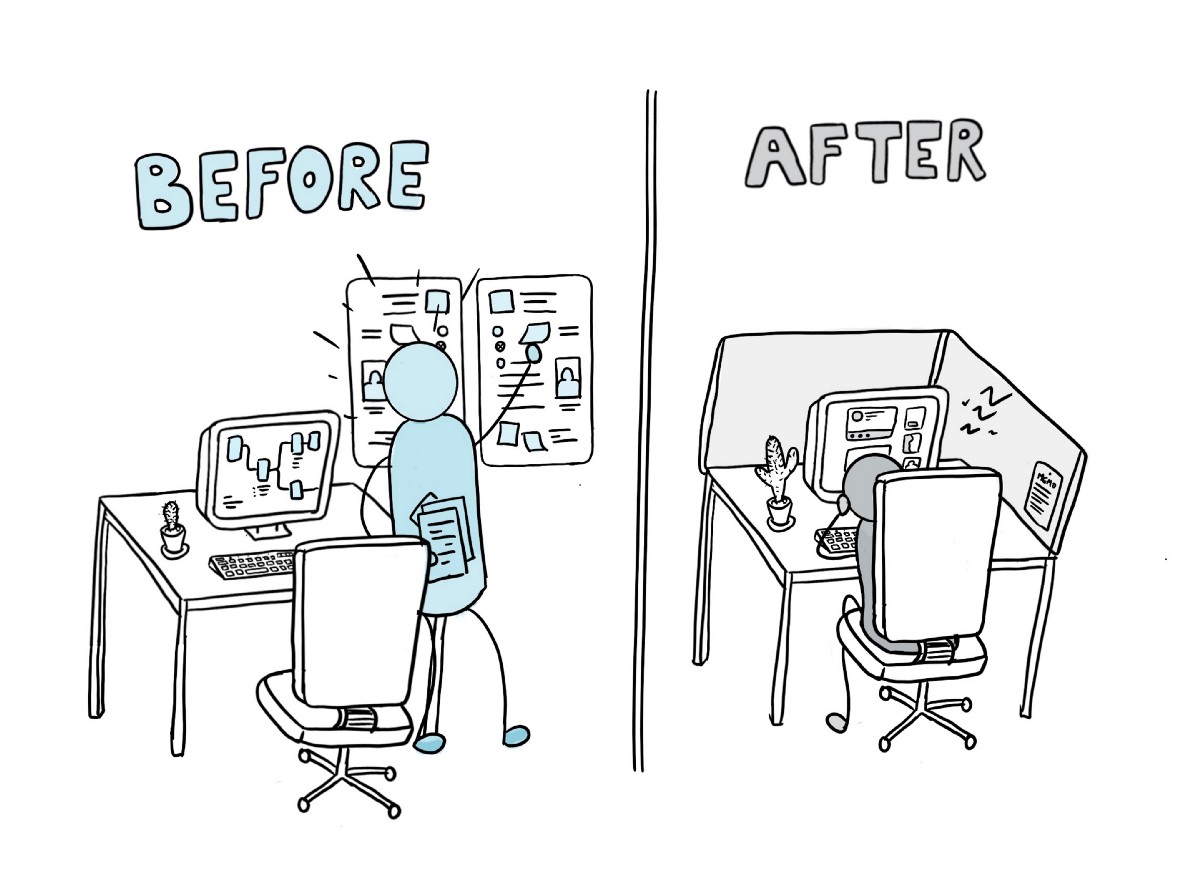This is is a satire.
Did you just hire a couple of designers, thinking they would sit quietly and create some visuals? I have bad news for you. They are already thinking about changing things, while blabbing about people, ethics, experiences, and a guy named Norman. Soon enough, they will audit your product, basically saying it sucks in 10 different ways. To top that, they will ask for money to conduct research. Don’t worry though, there are ways to slowly, but surely put them in place. Follow these 10 steps, and you’ll have a bunch of quietly sitting designers, happily waiting to beautify things for you.
Give them cubicles, grey cubicles
Designers thrive in flexible, inspiring, collaborative environments. Sooner or later they will hang things on walls, sparking discussions and convincing people to follow their plan. Try to add a few grey separators, cover up those glass walls, then remove any bright colours. Their annoying enthusiasm will be replaced by simple questions, as “when do you need the new screens to be done ?”, or “which one do you like more ?”.
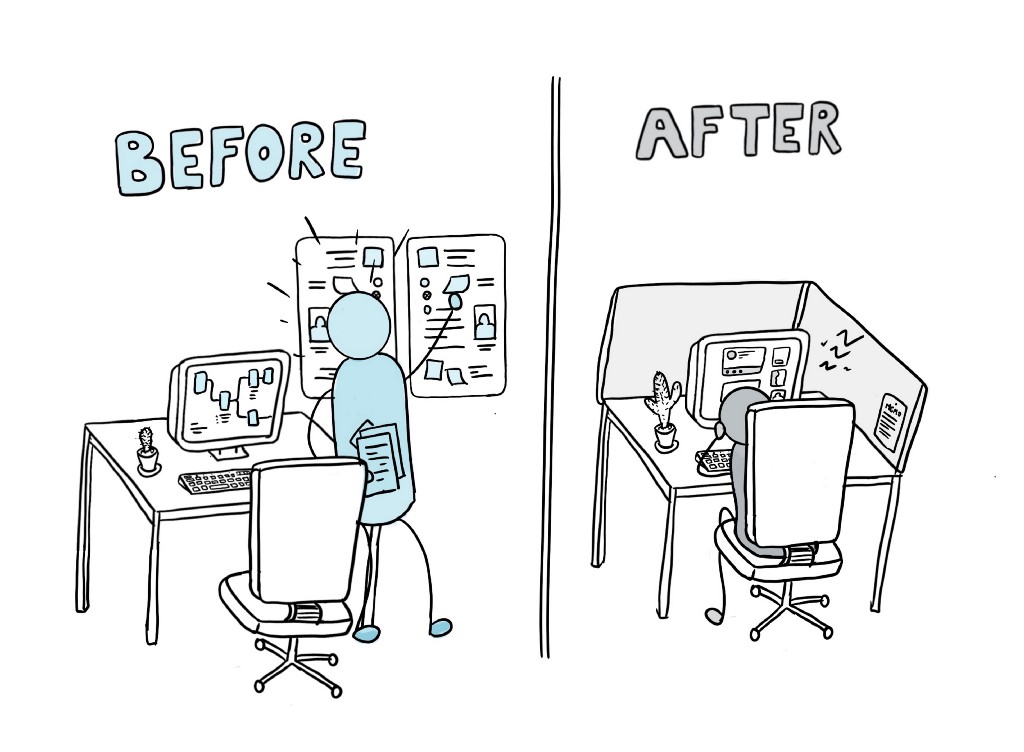
Talk about buttons
Whenever you get tired of them talking about flows, journeys, joy, or other nonsense, point to the closest button they made and say it’s wrong. It’s an incredibly effective way to break their line of thought. It will also force them to focus on coloured rectangles for a while.
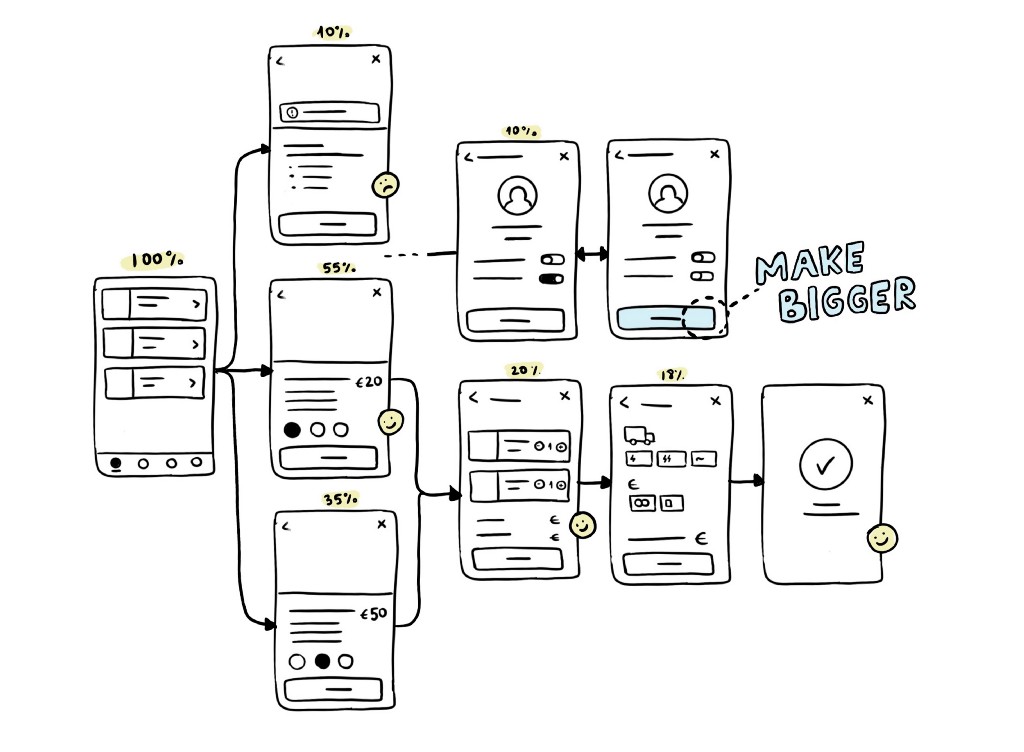
Always compromise on their work, until the next iteration
The very first thing you want to compromise on, is design. Don’t listen to nonsense like changing business models or transparency, in the end, it’s easier to move those pixels around. Nevertheless, ask them to be creative and push their boundaries, then slice their work into tiny pieces to be phased out in the next iteration.
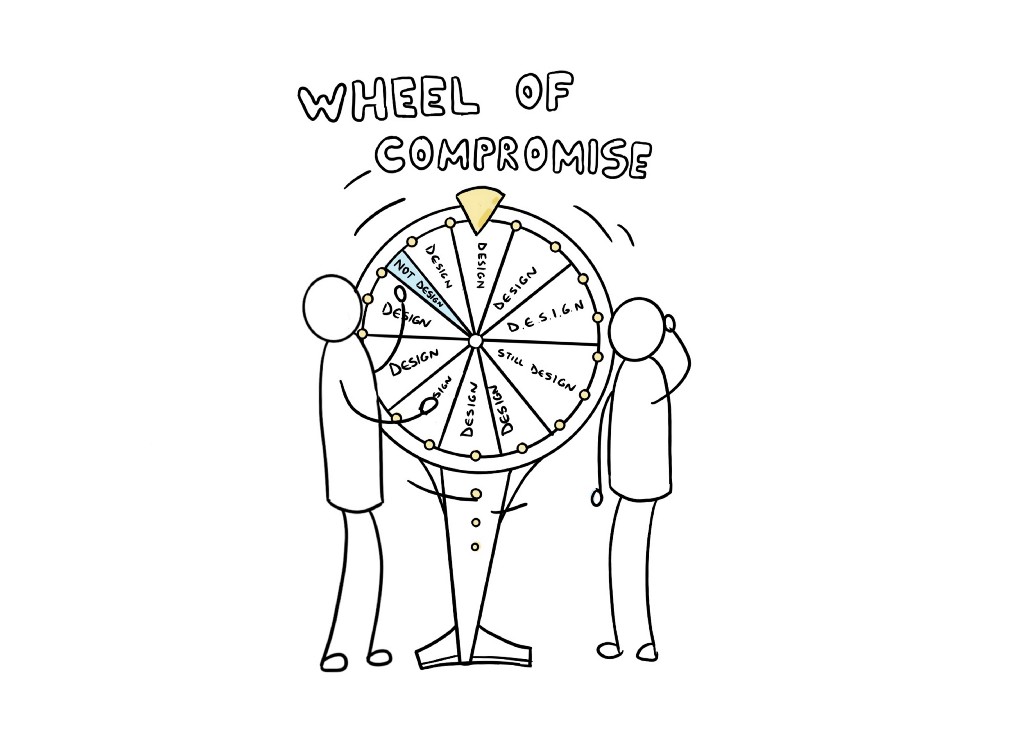
Never get to the next iteration
Well, knowing exactly when things happen would get boring. Stick to indefinite terms when making promises: later this year, next releases, next time, etc. Let them know a week or two in advance that the next iteration has been moved. Lead time right?
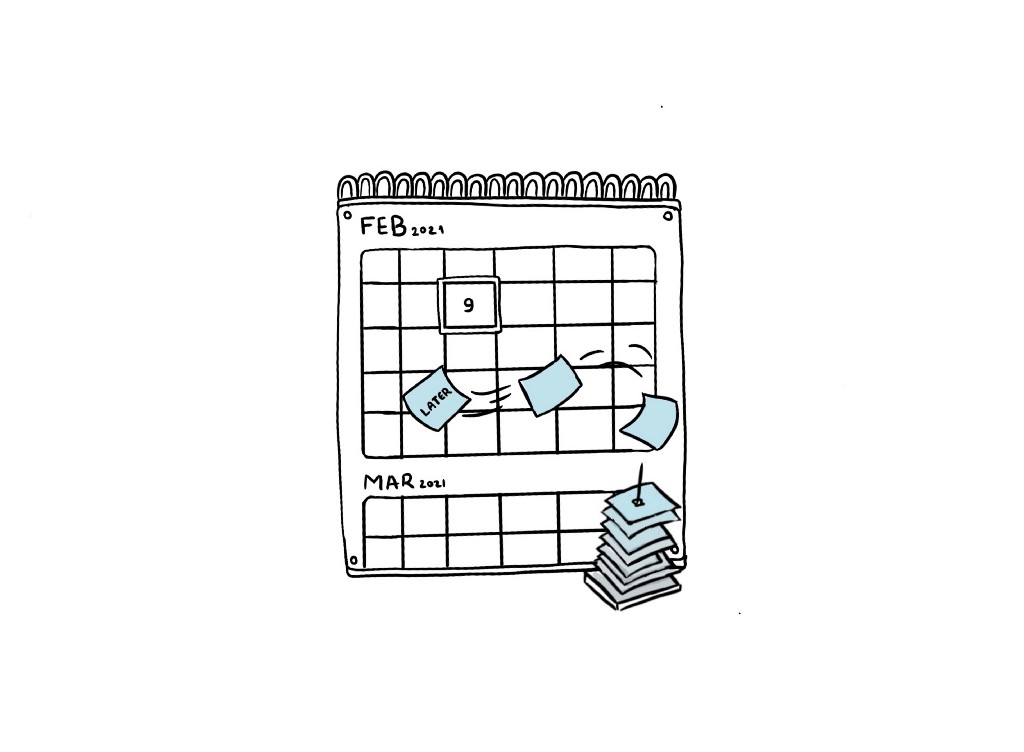
Involve them in early discussions, then change course
Grab a coffee, sit back, relax and wait for their call. Ask them to turn on their camera just to see hope leaving exiting the room when they hear the news. The news being that 80% of the project was descoped obviously, all of which was decided in meetings they weren’t invited.
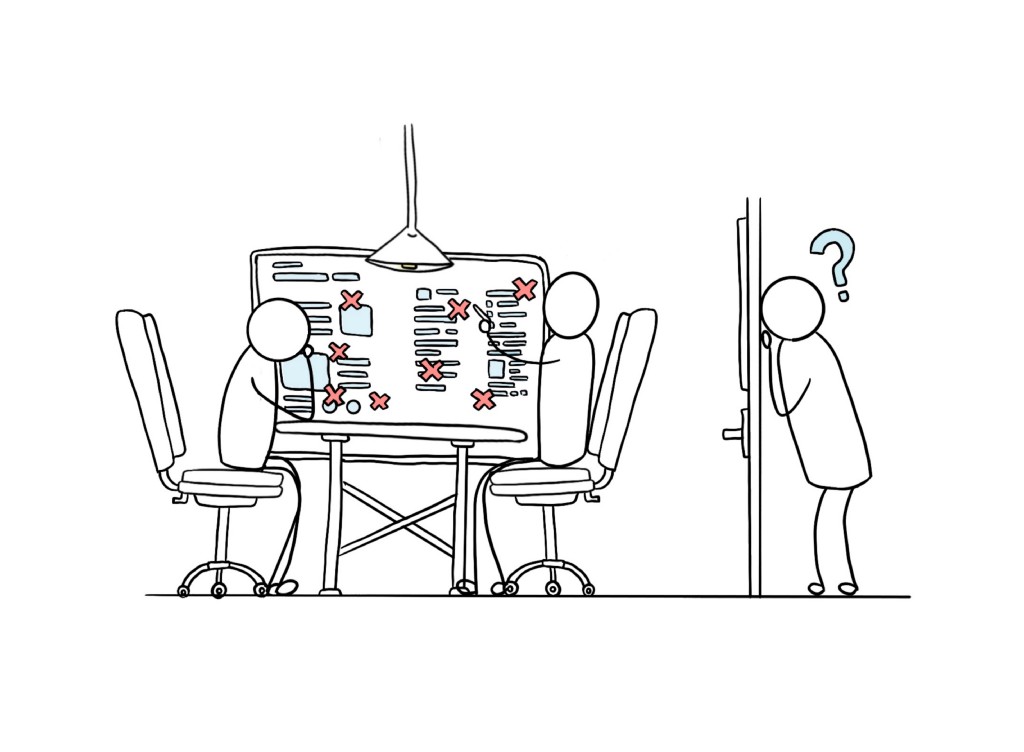
Demand research, ignore findings, then demand research
They will get back with a summary, a report, and maybe even with an interactive workshop. Try to be constantly skeptical about findings, and avoid any follow-up plan. Never, ever, refer to the research again (maybe keep it for the company newsletter). However, do add research as a mandatory part of all new projects.
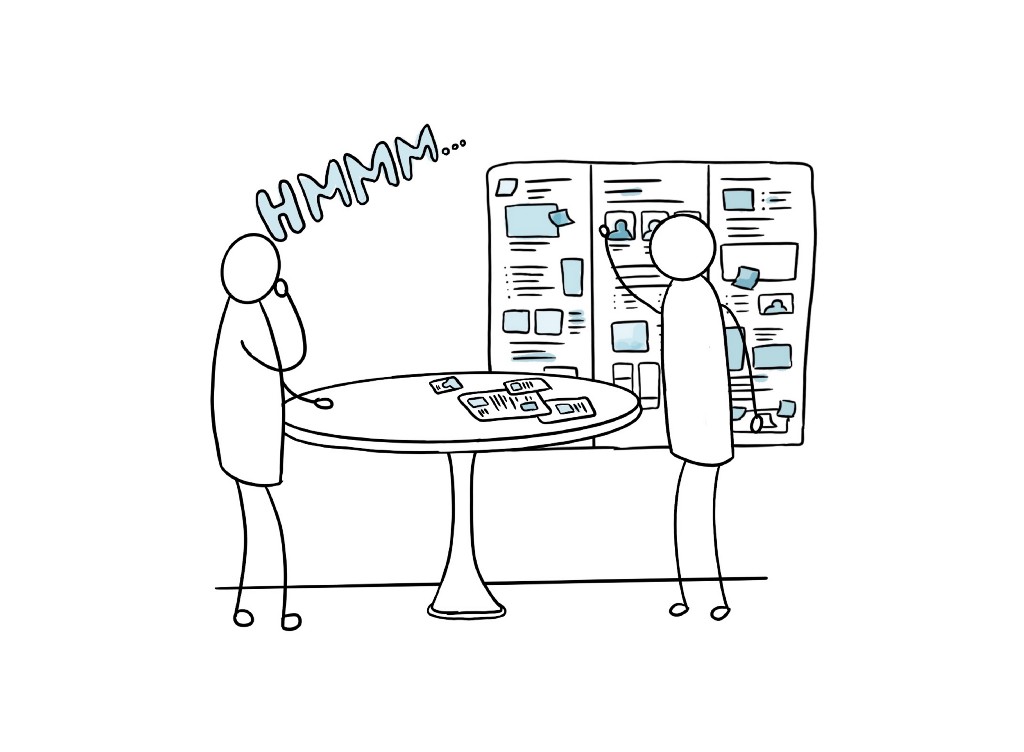
Ask them to document everything, then forget about the documentation
First, ask designers to create versions for each change, group research findings, document UI behaviours, and team agreements as much as possible. Wait for a couple of weeks, then encourage everyone else to ask where assets are, which flows are the latest ones, and what research corresponds to each project. You’ll keep busy with sending links, in no time.
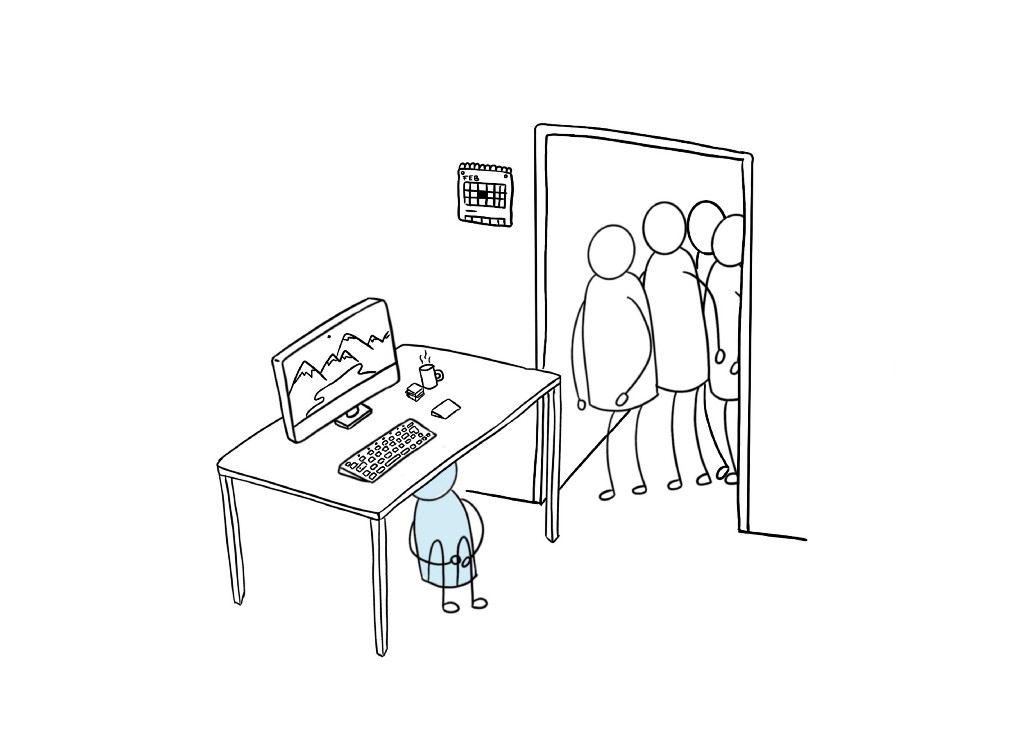
Tell them what design is
Any generic principle works, really. Search for articles around design, product development, and management, preferably under 500 words and at least four years old. Simply pick some of those generic quotes and slowly recite them to designers, ignore the fact that those were said in an entirely different context or companies altogether, just say them.
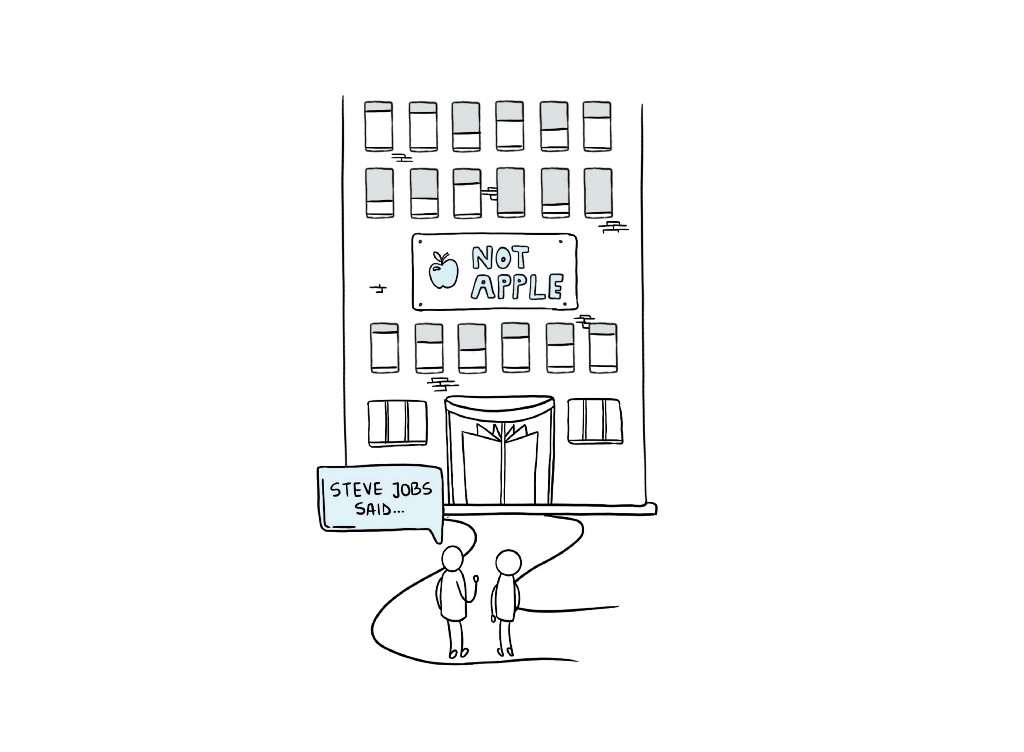
Isolate them as much as possible
Don’t let them team up for too long, divide and conquer. Send them to different corners of the organisation, then let them meet every other week to argue about toggles and checkboxes. Avoid any ambitious talks about design directions and principles. Those minds need to be filled with many tiny pieces, never the whole picture.
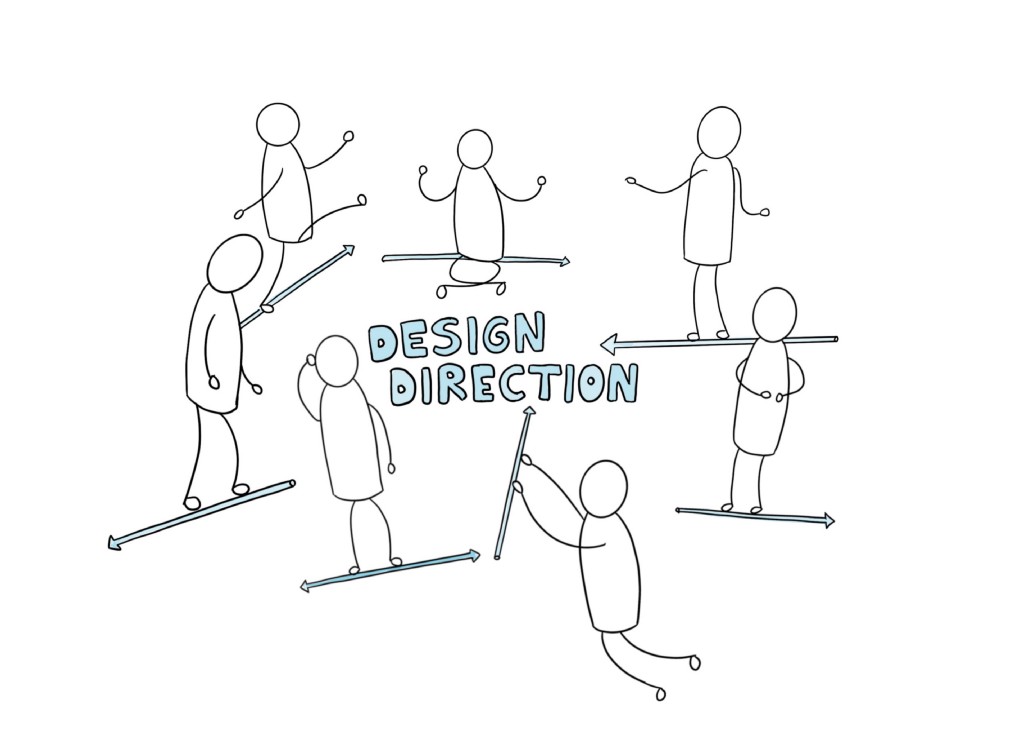
A Picture is 1000 words
The best type of guidance is visual, isn’t it? Don’t just tell them what you want in words, make sure they get to see a screen that you liked the other day. A good time for that would be after a full week of definition and ideation. Keep it up and your product will become the great Uber / Amazon / Instagram / Apple you always dreamt of. If they don’t get it, drop a few screenshots in Powerpoint and colour them yourself; voilà you’re a designer.
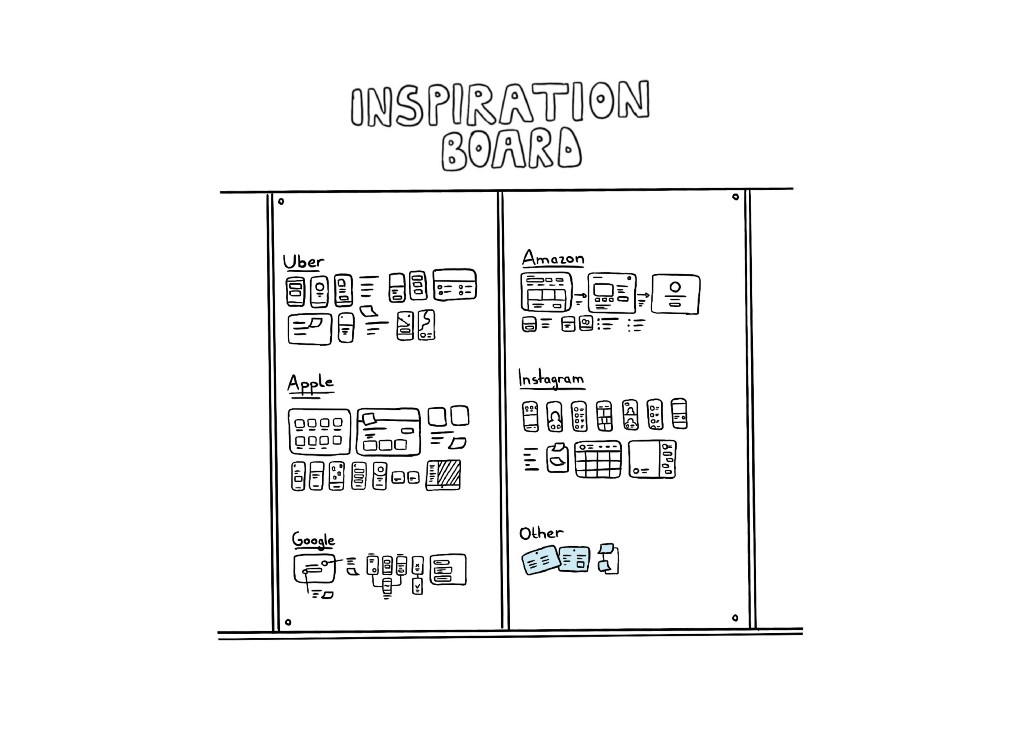
Follow these steps and you’ll have a strong group of pixel pushers ready to work for you. They’ll hardly question any decisions and be open to absolutely all changes you’d like to make. They might even stop with nonsense like research, definition, ideation, and testing at some point. Remember, you still need them in the company to beautify screens or help with presentations.

How to deal with designers in 10 easy steps was originally published in UX Collective on Medium, where people are continuing the conversation by highlighting and responding to this story.
